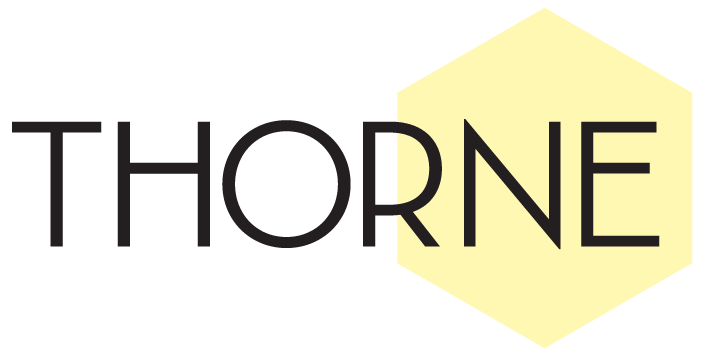Useful advice on honey jar labelling
This document is intended to provide the basic rules for beekeepers to be able to market their honey according to trading standards regulations.
For full labelling and honey requirements, please see the end of this document for relevant legislation.
Honey that is prepacked should be labelled with the following:
- name of product
- name of producer or trade name and address
- country or countries of origin
- any special storage conditions
- best-before date
- lot mark
- weight
Name of product
This should have the word ‘honey’ in it. It could just be the word ‘honey’ or, if the honey is produced primarily from pollen, secretions of a certain plant, excretions of a certain insect, or entirely from within a certain geographical area, you can state this in the name of the product.
E.g. 'Lavender Honey', 'Aphid Honey', 'Lincolnshire Honey'
Additional clarifying words may be applied to the name, such as 'clear', 'natural', provided they do not mislead.
If trading in baker’s honey, you must use the term ‘baker’s honey’ as its trade name and have the words ‘intended for cooking use only’ somewhere on the label. Information relating to the floral, vegetable, regional, territorial or topographical origin of the product or specific quality criteria for the product must not be provided.
Name of producer or trade name and contact
There needs to be a name given, whether a personal name or business name and a method of contact. This could be an address, phone number or email address. Should the authorities need to contact you, this is the information they will use. Or, of course, repeat customers.
Country of origin
Honey must be labelled with the country in which the honey was harvested.
e.g. ‘Produce of England’, ‘Product of Wales’
Where the honey is a blend of honeys harvested from more than one country, as an alternative to listing the various countries of origin, one of the following statements may be used, as appropriate:
'Blend of EU honeys', 'Blend of non-EU honeys', 'Blend of EU and non-EU honeys'
If reference is made to a regional, territorial or topographical origin the honey must come wholly from that country or place.
e.g. 'Irish Honey' must come from Ireland and ‘Nottinghamshire Honey' must come from within the county of Nottinghamshire
Durability
A durability indication in the form of a 'best before' date must be given. Honey that is intended to have a shelf life in excess of three months is required to be marked with at least a month and a year.
e.g. 'Best before end Nov 2025’’
Lot marking
Each jar of honey should have a code on it that identifies it with a single batch e.g. all the honey that is extracted and jarred in one day. You can use a best-before date (if it indicates at least a day and month), a number, or some other code. If you do not use a date, it may be best to put an 'L' in front of the code to make it clear that it is a lot mark. The lot mark can appear anywhere on the jar.
e.g. ‘Lot 12/07/21’, ‘L 12/07/21’, ‘Lot 14’, ‘L14’, ‘B17’ etc.
Honey sold only from the premises on which it was packed does not need to be lot-marked.
However, it is considered good practice to lot-mark all jars regardless so that the honey can be easily traced back to the batch from which it came.
Weight
Packaged honey must show a metric weight marking. It may show an imperial weight mark in addition to this but the metric marking must be more prominent and must be at least 4 mm high. The imperial marking must be no larger than the metric one.
e.g. ‘454g 1lb’, ‘340g/12oz’
The quantity shown should be the net weight; that is, the weight of the honey without the jar, lid and label.
Individual portions of 25 g or less are exempt from compulsory weight declarations.
Voluntary labelling
There are a variety of additional voluntary labels you can use:
- Tamperproof labels are recommended to stop honey being tampered with.
- The trading standards service supports the use of the warning label ‘Unsuitable for children under 12 months’ as this is a precautionary measure against infant botulism.
- ‘Granulation’ labels advise the consumer on the process of granulation or crystallisation.
Penalties
Failure to comply with trading standards law can lead to enforcement action and to sanctions, which may include a fine and/or imprisonment.
Organic
Further rules apply to labelling honey as organic. Please see Labelling and Describing Organic Food, by going to Business Companion > Guides > Food and drink > Labelling and describing organic food.
Legislation
- Weights and Measures (Packaged Goods) Regulations 2006
- EU Regulation (EU) No 1169/2011 on the provision of food information to consumers
- Food Information Regulations 2014
- Food Information (Wales) Regulations 2014
- Honey (England) Regulations 2015
- Honey (Wales) Regulations 2015

